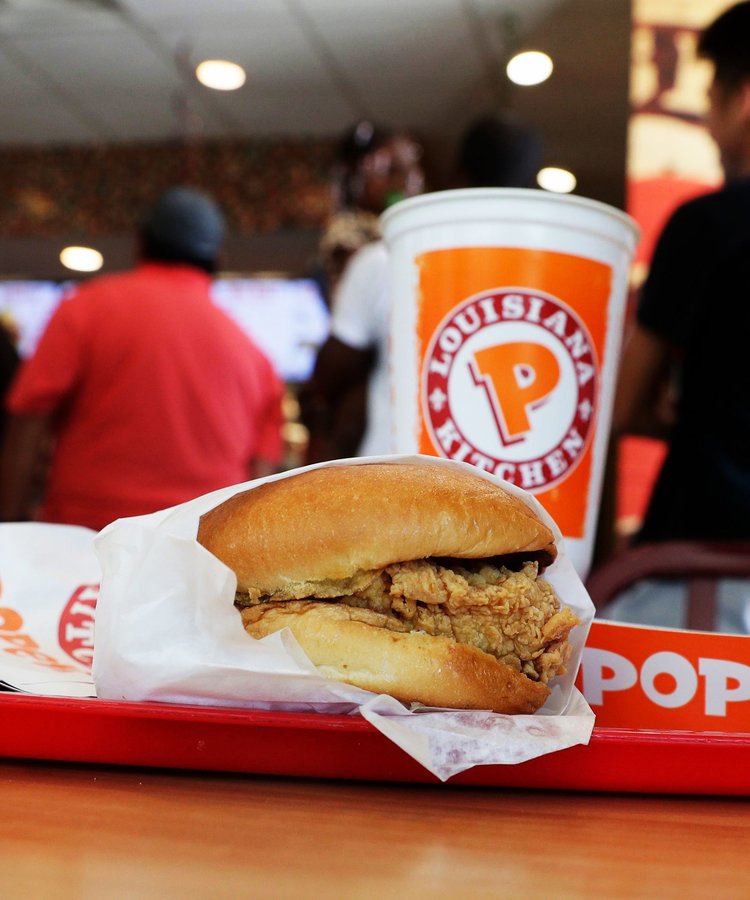By FreightWaves
- Popeye’s chicken sandwich surge lead to the bullwhip pipeline effect
- Suppliers responsible for providing Popeyes with ingredients make their plans based on historical trends and patterns
If you have been paying attention to the news or social media over the past few weeks or so, there’s little doubt that you have encountered “The Chicken Sandwich Wars of 2019” between Chick-Fil-A and Popeyes Louisiana Kitchen. While the chicken sandwich eating-public is keeping its jowls busy with the tasty goodness of chicken sandwiches, the bullwhip effect is playing out across Popeyes supply chain in ways the company could not have predicted beforehand.
Why This Matters: Business Insider reports that Popeyes spent a year developing the chicken sandwich, creating a marketing campaign, and getting new equipment to its stores. However, one tweet led to a cascading effect on social media, that then led to a run on Popeyes stores all over the United States. When unexpected perturbations create problems of increasing severity throughout the supply chain, due to a situation that develops in which there are increasingly wild distortions related to the material inputs necessary to meet demand.
What systems does Popeyes have in place to convert this surge in enthusiasm into a sustained increase in demand for its chicken sandwiches?
The suppliers responsible for providing Popeyes which is owned by Restaurant Brands International (QSR +0.09 %) with these ingredients make their plans based on historical trends and patterns. We can assume they would each allow for a small variance or error term in such forecasts. Since Popeyes has spent more than 12 months preparing for the launch, I assume the company ran small trials in a handful of markets to determine what assumptions they’d need to make about potential demand for the sandwich.
The reader with no understanding of supply chain would be forgiven for thinking, “Okay, just order more stuff to make more sandwiches! What’s the problem?” Well, it’s not that straightforward – it takes time to process the wheat that is used to make flour, and then to get that flour to the bakery that makes the buns. It takes time to increase the production of eggs. It takes time to raise additional chickens to meet the increased demand for breast meat that arises from the surge in demand for sandwiches. It takes time to produce more milk from which to churn butter, you get the point.
Situational Awareness: The same suppliers that serve Popeyes probably serve its competitors too, and so it is unclear that there is enough extra stock available to account for this unexpected surge in demand for Popeyes chicken sandwiches. The discrepancy between the instantaneous nature of demand for, and consumption of, the sandwich and the amount of time that it takes upstream suppliers to produce the chicken, eggs, flour, pickles, mayo and oil required to make the sandwich is what leads to the bullwhip pipeline effect. So now the question is this – what systems does Popeyes have in place to convert this surge in enthusiasm into a sustained increase in demand for its chicken sandwiches?
CBx Vibe: “Re Up” Belly Feat, NAV









